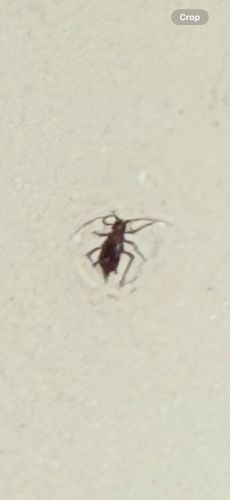Ant
Scientific Name: Formicidae
Order & Family: Hymenoptera, Formicidae
Size: Generally 2 to 20 mm, though some species can be smaller or larger.

Natural Habitat
Extremely diverse, found in almost all terrestrial habitats, from forests and deserts to urban environments. They typically build nests in soil, under rocks, in wood, or even in structures.
Diet & Feeding
Highly varied depending on the species; many are omnivorous, feeding on nectar, seeds, fungi, other insects (live or dead), and honeydew produced by aphids. Some are specialized predators or scavengers.
Behavior Patterns
Ants are highly social insects that live in structured colonies with a queen, male drones, and sterile female workers. They exhibit complex behaviors such as foraging, nest building, defense, and communication through chemical signals (pheromones). They can form trails to food sources.
Risks & Benefits
Benefits: Ants play vital roles in ecosystems, including soil aeration, nutrient cycling, seed dispersal, and pest control (by preying on other insects). Risks: Some species can be considered pests when they invade homes or gardens, contaminate food, or cause structural damage. Certain species have painful stings or bites, which can cause allergic reactions in sensitive individuals.
Identified on: 10/2/2025